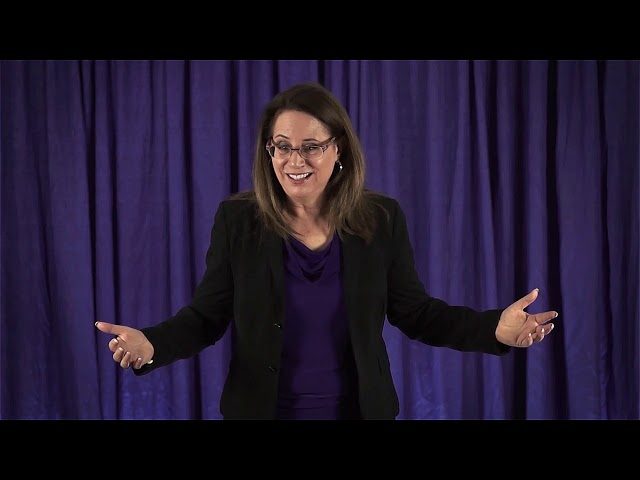You know you need to have conflict to make a story interesting. You know you need the basics of setting, characters, and action.
But, there is one element that can make your stories incredibly engaging, an element that many speakers don’t use very much: dialogue.
Almost every speaker that I have coached starts out with telling a story using almost entirely narration. Narration is a good place to start as you are beginning to craft a story, to get the flow. But, adding dialogue can have several benefits:
- Makes you sound conversational. It’s easy to get into “speech mode” and sound non-conversational, with sentences that are too long. Dialogue is, by nature, conversational.
- Makes you look more engaging: Your facial expressions and body language are conveying emotions as well as words.
- Makes you SHOW not just TELL: When using dialogue, you bring people into an event, showing them what happened as if they were there. When you narrate, you are just telling them about it.
- Dialogue can also be used to advance the plot, to create conflict, to reveal character, and to elicit emotion from the audience.
To illustrate the concept, I have 3 versions of the same 1-minute story:
- The narrated story
- The video story (of me presenting it)
- The annotated transcript of the video (adding some explanation for why I performed it with dialogue).
- Story in Narration:
My mother had brought me to work to meet her boss and coworkers and I took one look at her boss and I was in awe. She was perhaps the ugliest woman I have ever seen. Long pointy chin, hooked nose, bushy eyebrows over beady eyes. I told my mom, in front of her coworkers and boss that her boss looked like the Wicked Witch of the West. When I said that there was complete silence until my mother asked me if had meant she looked like Glinda, the Good Witch. I said that she didn’t because Glinda was pretty. Fortunately, the boss lady laughed, and all was well and I had a new power, the power of my voice, the power of words.
- The way I actually told it (watch about 1 minute, from 0:38 until 1:45)
- The annotated transcript:
[Set up: Situation, characters, reaction that led to dialogue] My mother had brought me to work to meet her boss and coworkers and one look at her boss and I was in awe. She was perhaps the ugliest woman I have ever seen. Long pointy chin, hooked nose, bushy eyebrows over beady eyes.
[Dialogue, Little Diane, creates conflict] “Mom, she looks just like the Wicked Witch of the West.”
[Narration/other people’s reaction] Complete silence.
[Inner dialogue, Little Diane, reaction] Wow. I had made quite the impression!
[Narration to set up dialogue] And then my mother turned to me.
[Dialogue, Mom] “Diane, don’t you mean like Glinda, the good witch?”
[Inner dialogue, Little Diane, reaction] Had my mother lost her mind?
[Dialogue, Little Diane] “No, Glinda was pretty!”
[Resolution of story] Fortunately, the boss lady laughed and all was well and I had a new power, the power of my voice, the power of words.
Tips for using dialogue:
- Generally, only have 2 people speaking in a story, otherwise it can get confusing.
- Use inner dialogue to show what you are thinking in a situation.
- Use conversational dialogue, which typically means short sentences
- Remember to have your characters REACT to what is said, just like they would in a real conversation.
- Have your characters use body language and facial expressions to convey meaning and emotion.
- Consider using different voices for different characters, if you can pull it off well (I can’t).
- Shift your posture/stance to indicate a change in characters. One way I will do this is to shift my stance so that for one character I am turned a little more to one side of the audience and for the other character, I turn a little toward the other side of the audience. In the example story, my characters were of different sizes, so the smaller character (Little Diane) looked up when speaking to the other character (Mom), who looked down when speaking.
- Video yourself practicing your story. And watch it! Revise and repeat.
Try including some dialogue in your next story!


I need to make better use of stories, so thanks for the tips. (It’s great to be able to compare versions of the story with and without dialog.)
BTW, I have a tip for YouTube clips: If you want to, you can specify the time at which a video starts and stops. You just add ?start=S1?end=S2 to the end of the video’s URL, where S1 and S2 are times in seconds. (For instance, for the video in your post, you could add ?start=38?end=105)
That’s what I did for the video in this post about making chart titles useful.